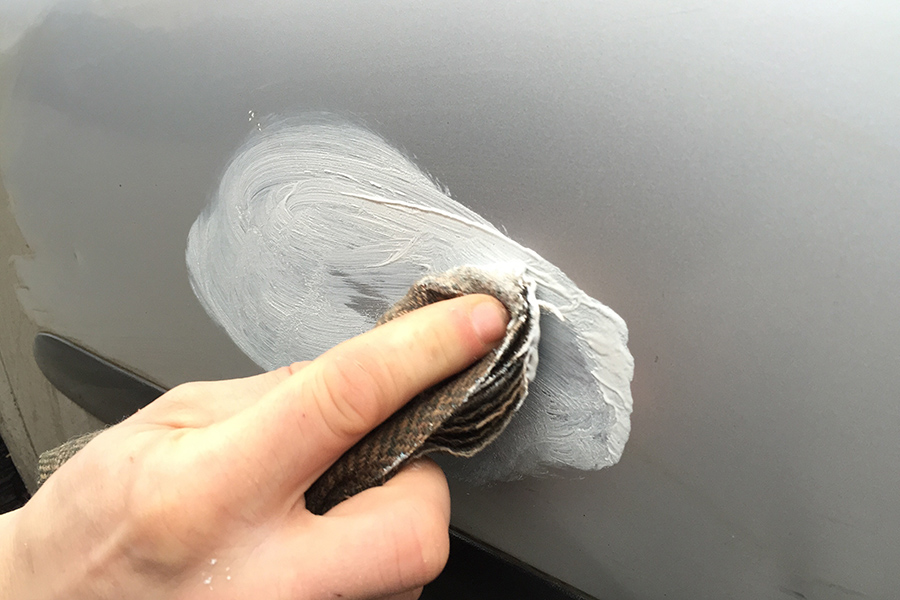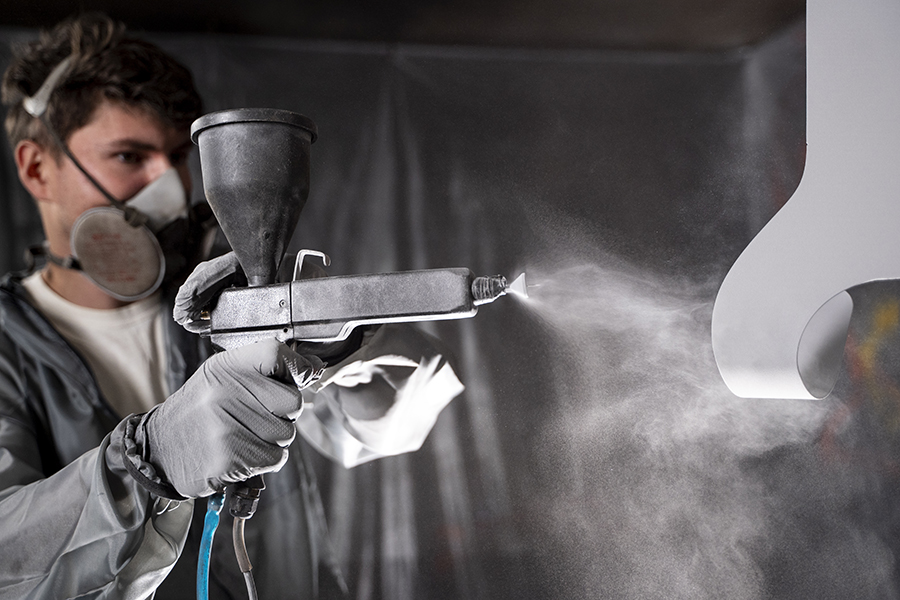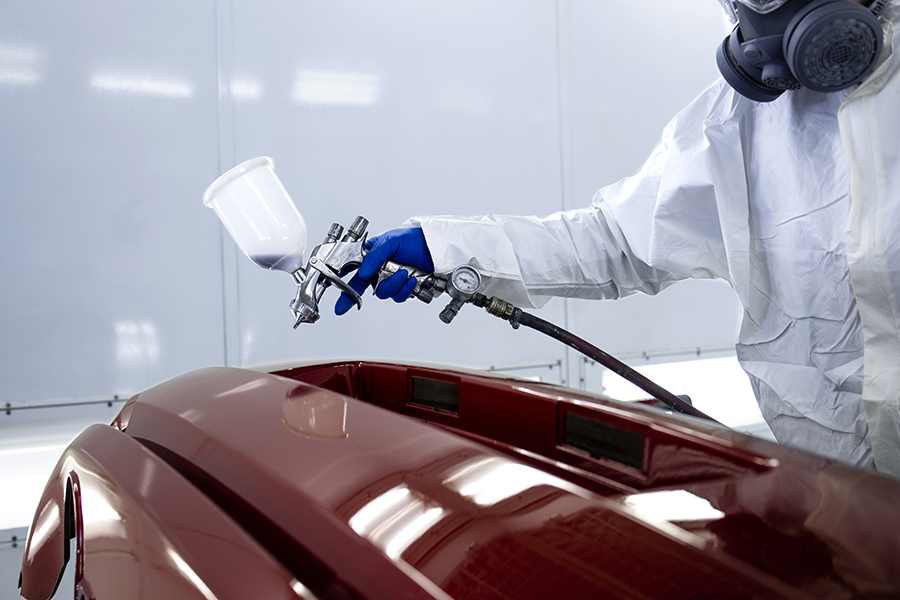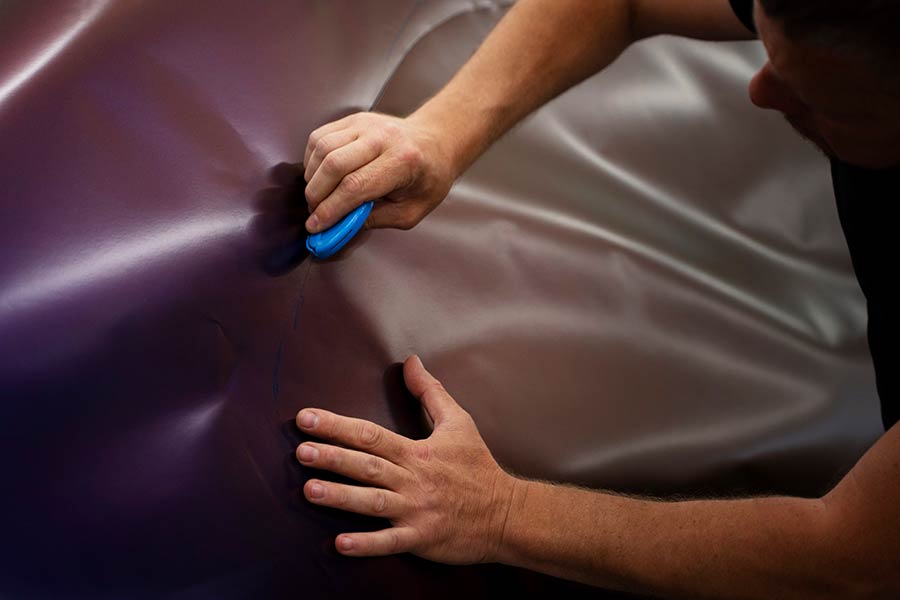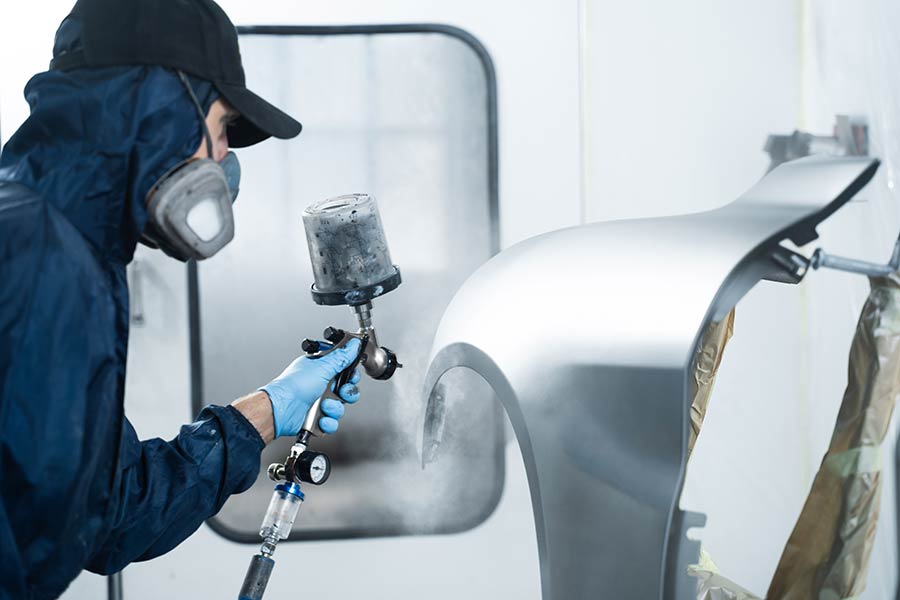Car paint scratches are like pesky mosquitoes—they're small but incredibly annoying. One minute your car looks pristine, and the next, it's got a glaring scratch that just won't quit. Fixing these scratches isn't rocket science, though. You don't need a magic wand or a time machine; you just need the right know-how and tools. Dive into the world of scratch repair for car paint, where we'll explore simple tricks to make your ride shine like new again. It's easier than you think, and your car will thank you for it!
Key Takeaways
- Know Your Scratch: Identify the type of scratch to choose the right repair method.
- DIY Repairs: Simple scratches can be fixed at home with kits and tools.
- Professional Help: For deep scratches, seek a professional to ensure proper repair.
- Pick Right Products: Use quality scratch removers for best results.
- Avoid Mistakes: Follow instructions closely to prevent further damage.
- Regular Care: Maintain your car’s paint to minimize future scratches.
Understanding Car Scratches
Types of Scratches
Car scratches come in different types. Clear coat scratches are the most common. They only affect the top layer of paint. These scratches are usually shallow and easy to fix.
Paint scratches go deeper. They reach the color layer beneath the clear coat. Repairing these requires more effort and skill.
Deep scratches are the worst. They reach the metal or primer. Fixing them is hard and might need professional help.
Common Causes
Scratches can happen in many ways. Car keys or sharp objects often cause them. A small mistake can lead to a noticeable scratch.
Automatic car washes sometimes damage cars too. Brushes used can be harsh on the paint. It’s best to choose gentle washing methods.
Nature also plays a role. Tree branches can scratch a car if parked too close. Windy days might move branches, causing scratches.
DIY Scratch Repair
Essential Tools and Materials
Microfiber cloths are a must. They help in cleaning and polishing the car surface. Touch-up paint is needed to match your car's color. This will make the repair look seamless. Sandpaper and a polishing compound are also essential. These tools help in smoothing the scratch.
Step-by-Step Process
Start by cleaning the scratched area thoroughly. Use a microfiber cloth for this task. It removes dirt and debris. Next, sand the scratch gently. This step smooths out any rough edges. Be careful not to damage the surrounding paint. Then, apply the touch-up paint carefully. Make sure it matches your car's color exactly. Finally, polish the area for a seamless finish.
Pros and Cons
DIY repairs can be cost-effective. You save money by not hiring professionals. However, it takes time to do it yourself. Consider if you have enough time to invest in this task. There's also potential for imperfect results with home fixes. Sometimes, professional services provide better outcomes.
Professional Repair Options
When to Seek Help
Deep or extensive scratches need professional help. These scratches might be too tough for DIY methods. Experts have the skills and tools needed. If unsure about repair techniques, consult them. They can guide you on the best approach. Also, if lacking necessary tools, it's wise to opt for a professional.
What to Expect
After professional repair, minor scratches become less visible. Professionals use advanced techniques to improve appearance. However, anticipate needing multiple attempts for perfect results. Sometimes, it takes more than one try to achieve satisfaction. Realize that some deep scratches may still remain noticeable. Not all damages can be completely erased.
Cost Considerations
Compare costs of DIY kits versus professional services before deciding. DIY kits might seem cheaper at first glance. But factor in the price of tools and materials needed for DIY repairs. Sometimes, these additional costs add up quickly. Consider long-term savings from preventing further damage by choosing professionals. A well-done job now can save money later by avoiding bigger issues.
Choosing Scratch Removers
Key Features to Look For
When picking a scratch remover, it's important to consider a few key features. Non-toxic and eco-friendly repair products are better for the environment and safer for you. Check if the product is compatible with your car’s paint type. This ensures the remover won't damage your car's surface. Choose those with easy application instructions. These make the process simpler, especially for beginners.
Top Products of 2024
Several top products have emerged in 2024. Popular brands known for quality results include Meguiar's and Turtle Wax. These brands have been trusted by many car owners. Innovative products now use new technology to improve effectiveness. Some kits come with comprehensive tools, making them user-friendly. This means you get everything needed in one package.
How to Apply Correctly
Applying scratch remover correctly is crucial for good results. Always follow the manufacturer instructions closely. This helps achieve the best outcome possible. Applying in a shaded area prevents quick drying, which can cause streaks. Use even strokes when applying the product. This avoids uneven coverage and leaves a smooth finish.
Avoiding Common Mistakes
Missteps to Avoid
Using the wrong materials can make scratches worse. Avoid using abrasive materials like rough sponges or sandpaper. They can damage the paint more. Instead, choose soft cloths or special scratch pads.
Rushing is another mistake. Don’t rush the drying process between steps. Each layer needs time to dry properly. If not, it can lead to uneven surfaces or more scratches.
Applying too much pressure when sanding is also a common error. Light pressure is best. Too much force can strip away the paint, making the scratch deeper.
Best Practices
Taking care of your car’s paint is important. Regularly wash and wax your car to protect the paint. This keeps the surface smooth and shiny. It also guards against new scratches.
Address scratches promptly to prevent rust. Scratches expose metal, which can rust if left untreated. Fixing them quickly stops this from happening.
Before working on visible scratches, practice on a hidden area first. This helps you get comfortable with the process. You’ll see how different products work without risking further damage.
Summary
You've got the lowdown on car scratches. Whether you're going DIY or calling in the pros, you've got options. It's like choosing between a home-cooked meal or dining out—both have their perks! Just remember, picking the right scratch remover is key. It’s your secret weapon against those pesky blemishes.
Now, it’s time to roll up your sleeves and get to work. You've learned what mistakes to dodge, so you’re all set to keep your ride looking sharp. Don’t let those scratches drive you nuts. Dive in and give your car the TLC it deserves. And hey, if you’re still on the fence, why not share your scratch repair stories with others? Let’s keep our cars—and each other—in tip-top shape!
Frequently Asked Questions
What is the first step in understanding car scratches?
Identify the scratch type. Is it a surface scratch or deeper? This helps decide if you can fix it yourself or need a pro. Think of it like diagnosing a paper cut versus a deep wound.
Can I repair car scratches myself?
Yes, minor scratches are DIY-friendly. You'll need the right tools and patience. It's like cooking a new recipe—follow instructions, and you'll do fine.
When should I consider professional repair options?
Go pro for deep scratches or when DIY doesn't work. Professionals have the experience and tools to make your car look new again, just like magicians with tricks up their sleeves.
How do I choose the best scratch remover?
Look for removers matching your paint type and scratch depth. Read reviews and test on an inconspicuous area first. It's like picking the right seasoning for your dish—get it wrong, and it spoils everything.
What common mistakes should I avoid during DIY repairs?
Avoid using too much pressure or the wrong products. These can worsen the scratch. Think of it as gentle gardening; too much force, and you harm the plants.
Are all scratch removers safe for my car paint?
Not all! Some can damage your paint. Always check compatibility and test on a small area first. It’s like trying a new skincare product—you don’t want a breakout!
How can I prevent future scratches on my car?
Park carefully, avoid tight spots, and wash regularly with soft cloths. Consider protective films or coatings. It’s like wrapping your valuables in bubble wrap—they stay safe from everyday bumps and bruises.
